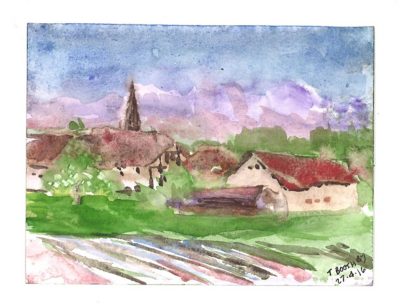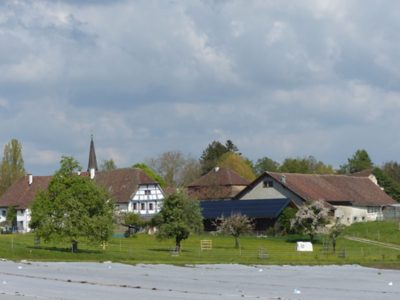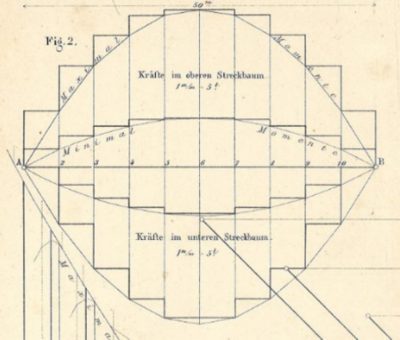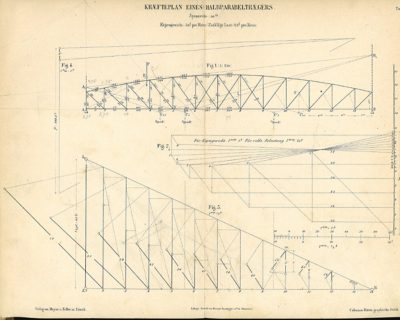Anwendungen der graphischen Statik / nach Professor Dr. Carl Culmann bearbeitet von Wilhelm Ritter. Teil 1: Die im Inneren eines Balkens wirkenden Kräfte. (Zürich : Raustein, 1888). Teil 2: Das Fachwerk. (Zürich : Meyer & Zeller, 1890).
published May 2016
The favorite book of Professor Thomas Boothby
Professor Thomas Boothby spent two weeks as Scholar in Residence doing research at the Iron Library. His research focuses at present on the use of empirical methods used to build iron bridges in the late 19th century and on the question why the design of the truss forms developed differently in Europe and the United States. Thomas is fascinated by the comprehensive and multi-faceted approach in his favorite book.
&crop=(0,71,1143,779))


&crop=(45,93,919,631))

